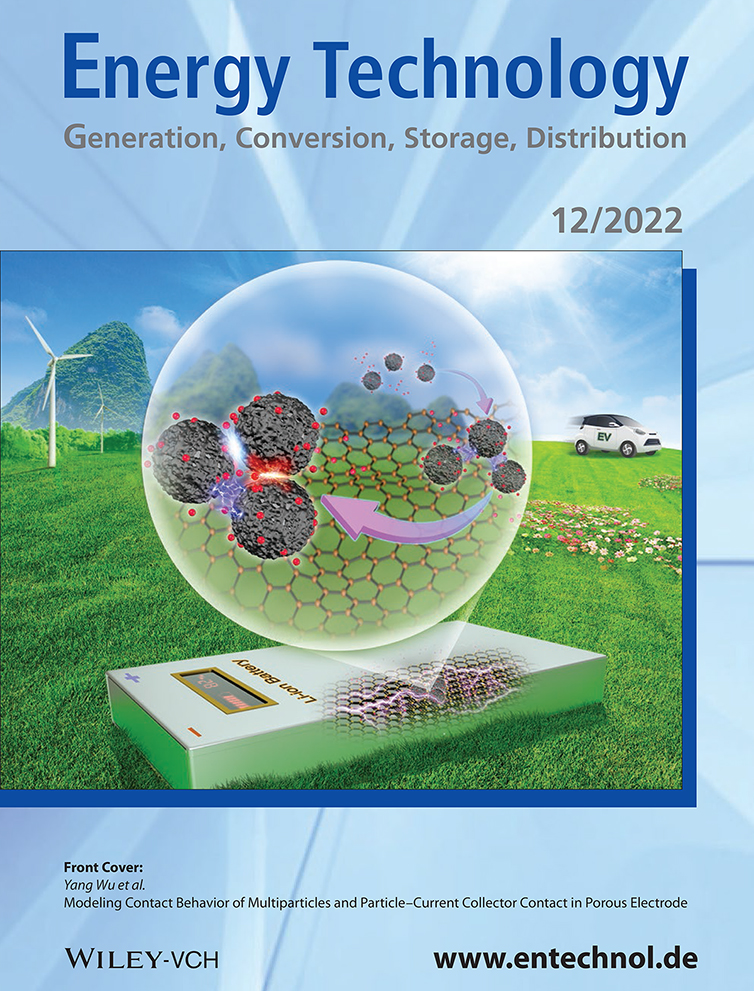Role of Halide Substitution in Perovskite-Based Asymmetric Hybrid Supercapacitor
Abstract
Organometal halide perovskites (MHPs) are widely used in energy harvesting as well as energy storage applications due to their superior optoelectronic properties. However, structural, optical, and electronic properties of these materials are strongly dependent on the halide substitution. So far methylammonium lead tri-bromide-perovskite-based supercapacitors have shown an energy density in the range of 10–15 Wh kg−1. Therefore, further optimization is needed to improve the energy storage efficiency in halide perovskite-based supercapacitors. It has been observed that the charge storage capacity increases with the increasing ionic conductivity in the perovskite active layer. Herein, a series of porous electrodes are prepared to optimize ionic conductivity by mixing powders of different halide-based perovskite single crystals for supercapacitor application. It has been demonstrated that maximum efficiency is achieved for a specific bromide composition to iodide ratio with an energy density of ≈22 Wh kg−1 and a power density of 600 W kg−1. The ionic conductivity is improved at least by two orders to 3.2 × 10−13 m2 s−1 in the mixed halide sample than pure halide perovskites, while charge transfer resistance is decreased to 40.5 Ω cm−2. However, overall device stability and Coulombic efficiency decrease with the increasing iodide content.
Conflict of Interest
The authors declare no conflict of interest.
Open Research
Data Availability Statement
The data that support the findings of this study are available in the supplementary material of this article.




